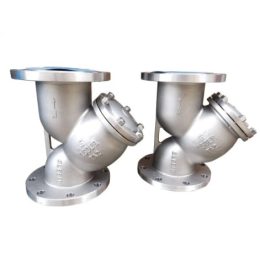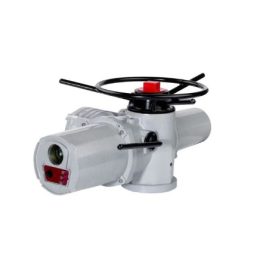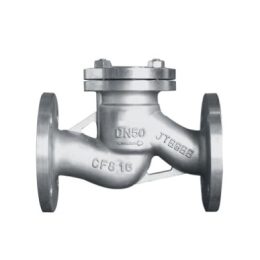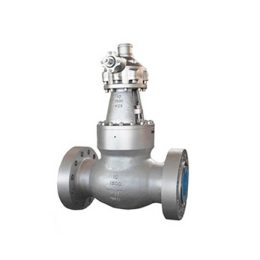Understanding Gate Valves: Directional Functionality and Types
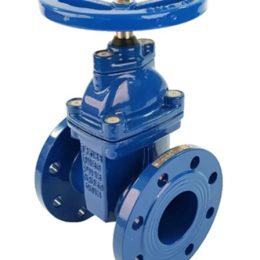
Gate valves are essential components that are used to start, stop, or regulate the flow of fluids in pipelines. They are used in a wide range of applications, including fire protection, water treatment, and manufacturing. In this article, we will discuss the direction of gate valves and the different types available in the market.
How the Direction of Gate Valves Works?
Gate valves are bidirectional. They are designed to operate in both directions, allowing the fluid to flow in either direction. These valves are available in a variety of shapes and sizes, with metric (PN) or imperial-type flange patterns. Typically, gate valves are used in high-pressure systems, such as power plants and chemical manufacturing.
There are two main types of gate valves: non-rising and rising stems. Non-rising valves have a stem that is inserted into a wedge. When the valve is opened, the valve stem lifts the wedge, and the sealing element expands. This minimizes pressure loss. Rising stem valves, on the other hand, operate by lifting the gate stem up, and unlike non-rising valves, they have external threads.
Gate valves are one of the original valve designs. They have a free bore and are typically used for liquid service. Their low-pressure loss and reduced face-to-face length make them ideal for liquid on-off service. The body of a bidirectional sealing gate valve is made of durable ductile iron.
Types of Gate Valves
Gate valves are available in a variety of shapes and sizes, and they are suitable for a wide range of applications. Commonly used for water and wastewater, gate valves also serve in chemical plants, pulp stock, and oil wells.
Uni-directional/bi-directional sealing gate valves are designed with the valve gate chamber, the valve gate, and the float passage. Each of these components has a groove for pressure communication between the gate and the body flow passage. Bidirectional knife gate valves are designed to provide adequate water tightness without the build-up of solids. They are generally used in industrial and mining applications and are suitable for abrasive slurries.
How to Choose a Reliable Gate Valve
When choosing a gate valve, it is essential to choose a reliable manufacturer. A quality valve manufacturer will offer a range of gate valves that are designed to meet your specific needs. Look for a company that has experience in the industry and has gained the necessary certifications.
Fluid Valve is a valve manufacturer that offers quality stainless steel casting products. They have over 20 years of experience in the industry and have recently gained CE authentication. Fluid Valve has a wide variety of products, including cast balls and wedge valves.
Conclusion
Gate valves are bidirectional valves that are suitable for a wide range of applications. They are available in different types, including non-rising and rising stems. When choosing a gate valve, it is essential to choose a reliable manufacturer that offers high-quality products. By following these guidelines, you can ensure that you choose a gate valve that meets your specific needs.
